The original Bouillabaisse: nowhere else, in Marseille, Mediterranea, “Med” in France
July 29th, 2009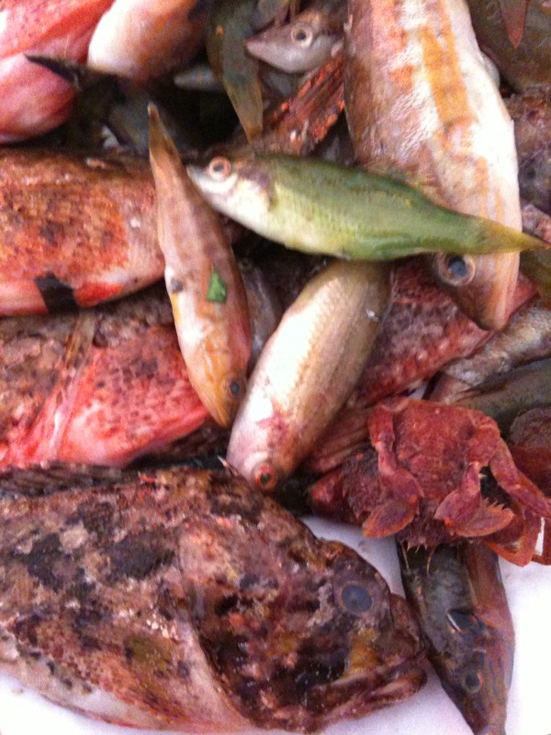 La BOUILLABAISSE des Calanques de Marseilles
La BOUILLABAISSE des Calanques de Marseilles
Boui Abaisso, the boiling soup, low on the warm cinders,
or Boui Peis, fish soup in Provençal; Bullit de Peis in Ibicenco…
Boui, Abaisso!, It boils, you dip the fish… the true solution, with the accent, please.
But fish is expensive and rare… the delicate abbess, queen of the art, praised by Joseph Mery, the gastronom poet from Marseille in XIX° century, friend of Dumas and of the Goncourt, used to say :
” Nothing should be more expensive, in this life; after this,
Nothing more expensive than a marble stone, with four cypresses.”
So, before the poem, we need to do
A serious coulis, as foreword too,
Of hundred little fish, from this morning,
swiftly slowly on a smokeless fire distilating,
A liquid treasure and fragrant broth;
Here then will come and melt, delicatly,
All needed for the aroma and flavor, spicy :
Sprigs of saffron, a bunch of fenel,
Pepper from Lebanon, crackling laurel,
Salt, the friend of man, and the delicious urchins,
That our dear Arenc feed his bassin.
When the foam is simmering on this immense coulis,
Coocked to its’ point, the poem starts, Si !
To this Phocean treat, accomplished indeed,
Indispensable, and before all, we need
The Rascass, fish, of the most vulgar;
Alone on a grill, it is just good for the mortar,
But in the bouille-abaisse, it suddenly spreads
Marvellous flavour which goes to our heads.
The rascass fed on the bunches of syrtles,
In the bays covered with laurel and myrtles,
Or just under a rock of flowers of thym,
Bringing all perfumes to the table of this festin.
Then the fish away from the harbour, at a distance
In the depth of the reefs, the red mullet for instance
The delicate Pagel, the john dory suculant,
Favorite game of the sea bass, the arrogant,
Last, the galinette, with its eyes of old dogs,
And many more, forgotten by the ichtyologues,
Fine fish for which Neptune, in his flaming sky,
Leaves the trident for the fork, not a bit shy
Frivolous travellers and juges illegitimate,
For a 60 cent bouille-abaisse, never be candidate;
Go to the Chateau Vert, order a supper;
Say : ” I want a good meal, the best for the upper;
send the divers in the marine rocks, deep,
To ravish my senses with the perfume, divine and sweet;
Serve yourself with parangre of the Romans and from the Greeks, the thyse ,
Tomorrow is another day; hush dont tell the price ! “
Le Gourmet – Joseph Méry (1798-1866) – translation by lesfoodingues
EVERYTHING IS SAID.
Firm meat fish : spiny lobster, the strange cicada, the rare red gambas, the galinette, the gurnard, the weever, the vaudreuil and the monk fish, conger, fielas and all sorts of crabs…
the delicate meat fish : the whiting, the sea bass, the roucaou, red mulet, mulet, john dory…
Scale and clean them (except the red mullet, the wood cock of the sea and all the crustaceous) lay the two kind of fish on separate plates.
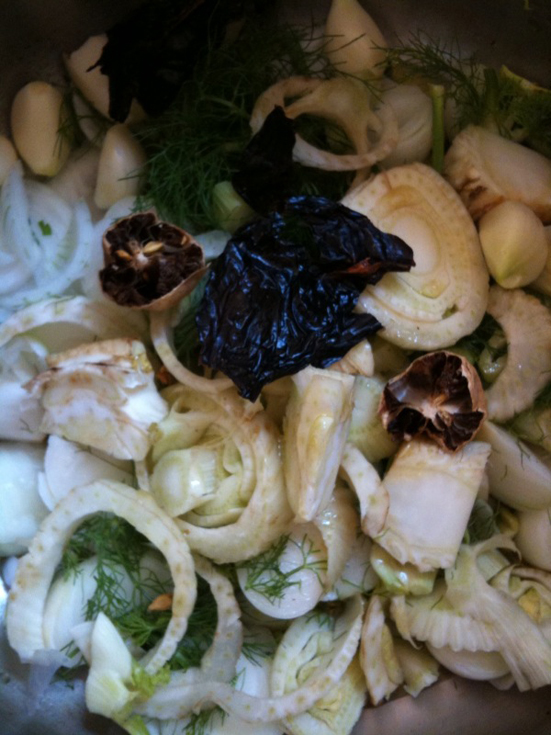 In a wide pan, a sofrito : 5 fresh onions chopped with their herbs; a whole garlic, two tomatoes, thyme, wild fenel, a dash of absynthe, a leaf of laurel, flat parsley, orange or citrus peels (use the iranian dried limes if you dont have fresh organic ones). A good chile ancho, negro or pasilla from Oaxaca, Mexico.
In a wide pan, a sofrito : 5 fresh onions chopped with their herbs; a whole garlic, two tomatoes, thyme, wild fenel, a dash of absynthe, a leaf of laurel, flat parsley, orange or citrus peels (use the iranian dried limes if you dont have fresh organic ones). A good chile ancho, negro or pasilla from Oaxaca, Mexico.
Pour all the fishing of the day, small rock fish with no ceremony, except a glass of pastis for yourself. Once the soup ready, first cook the firm flesh fish and then the delicate flesh, each time adding a spoon of olive oil and bringging to a boil to emulsify. Serve one fish at a time and share it with your friends. At the end serve the broth.
OR
Put a toasted bread piece rubbed with garlic on the side of the plate, put one piece of firm flesh fish and one piece of delicate flesh fish on its side. A cup of soup some parsley and serve.
Dont forget your glass of pastis or Casanis on the side of the furnace, as you might dry up more quickly than the fish…
Two important things: the diversity fo the rock fish and the ad hoc timing for each fish (a monk fish has not the same timing as the john dory…)
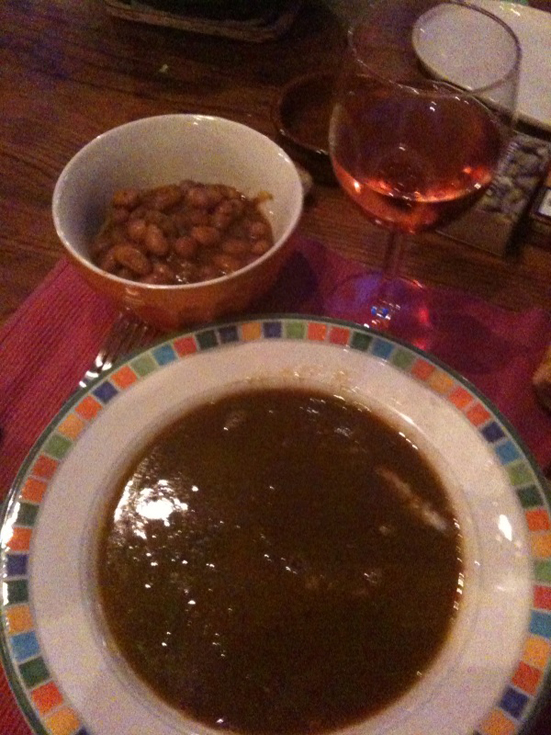 Third essential point : olive oil, garlic and broth ; the three elements which allow the perfect emulsion, garlic providing the tensio activ mollecules for the perfect texture. The true bouillabaisse requires quite some garlic and olive oil to succeed.
Third essential point : olive oil, garlic and broth ; the three elements which allow the perfect emulsion, garlic providing the tensio activ mollecules for the perfect texture. The true bouillabaisse requires quite some garlic and olive oil to succeed.
Tonight in total intimity we decided to dedicate a simple homage to the small fish fished just under our cabin in the Calanques de Marseille this morning. As we did not fish any big ones (see we are not always boasting in Marseille…) we remplaced them with the stupendous red coco beans, cooked slowly during hours in onions and chile pasilla from Oaxaca. We also replaced the garlic rubbed bread with Sare fish fillets fished and BBQed the day before, which we spread with garlic…
Sorry you cannot eat this in a restaurant; though if you find it in a restaurant tel me and I will rush there immidiatly.
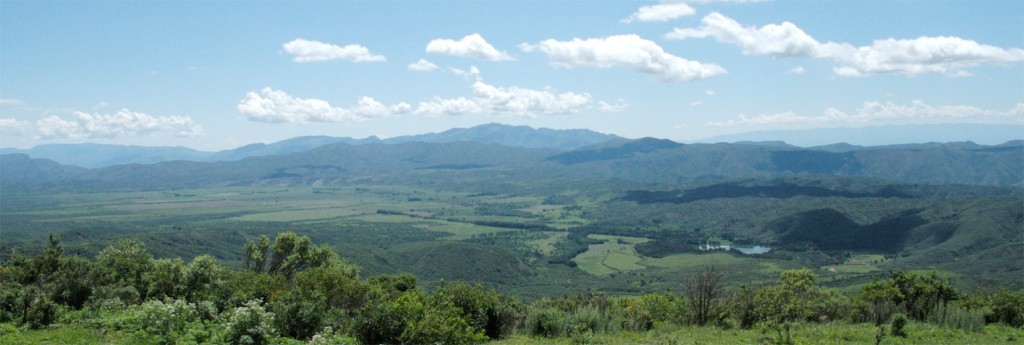
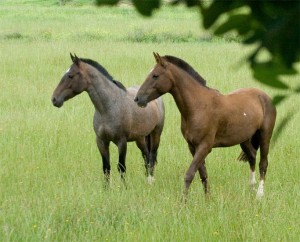 ; dont forget that the primary biotope of horses is wood.
; dont forget that the primary biotope of horses is wood.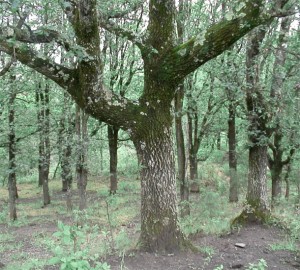 If you have an old forest close by, you will link it with your young trees by a path of wood chips which will make a web between all the trees, which will make the mycelium run.
If you have an old forest close by, you will link it with your young trees by a path of wood chips which will make a web between all the trees, which will make the mycelium run.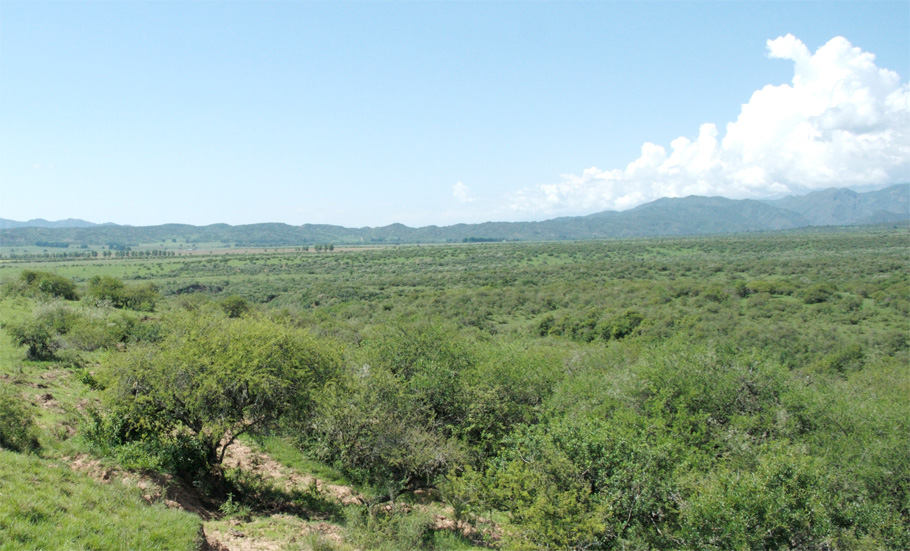
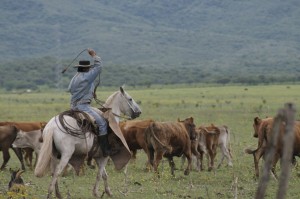
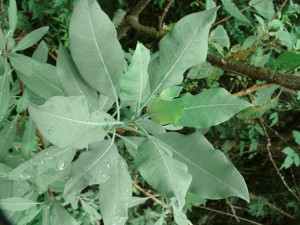
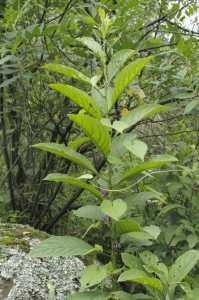
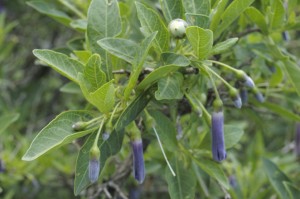
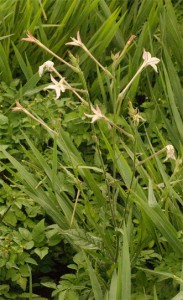
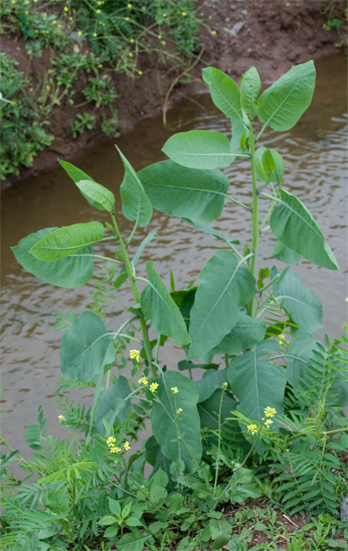
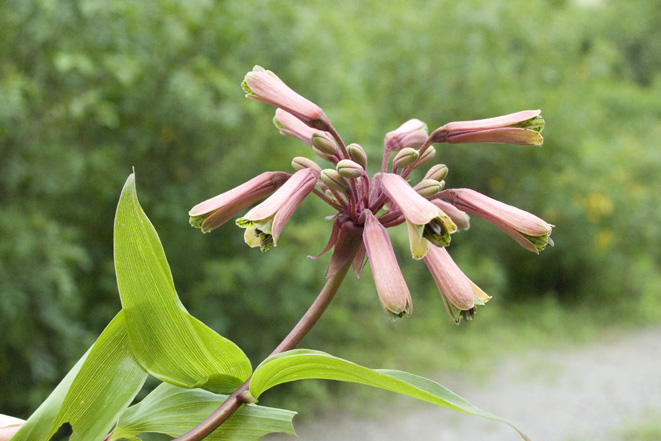
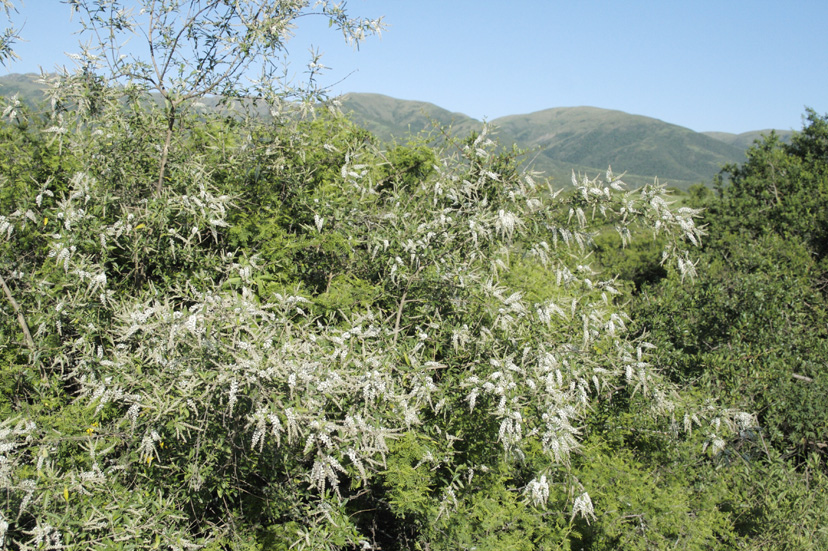
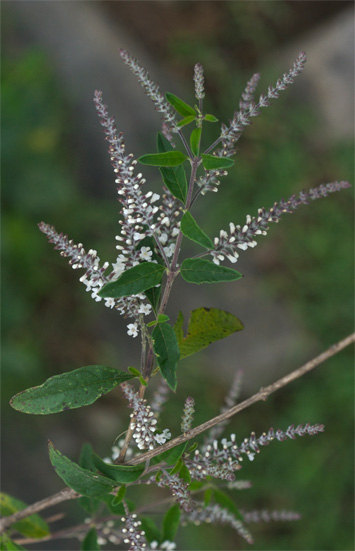
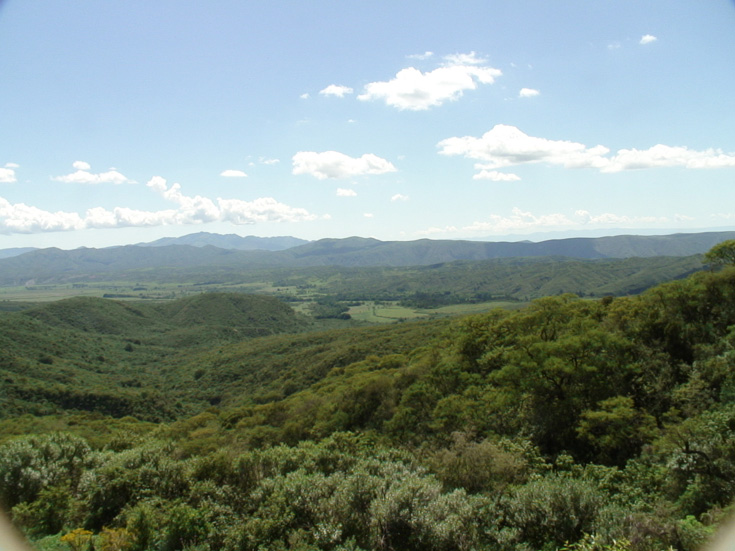
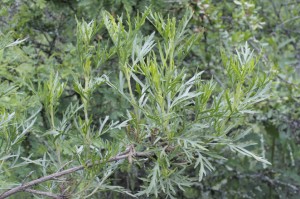
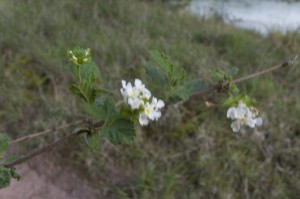
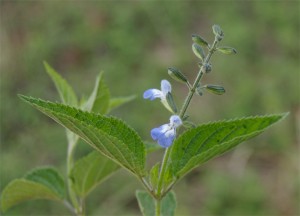
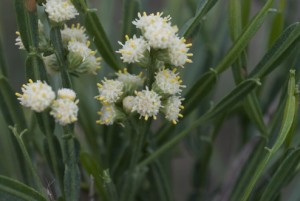
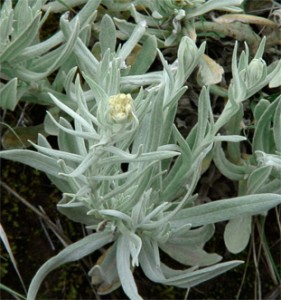
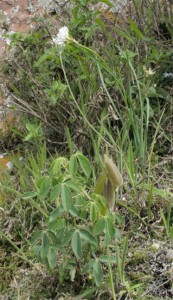
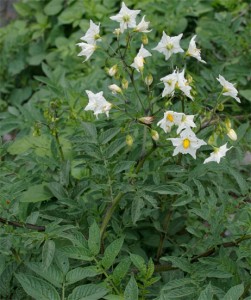
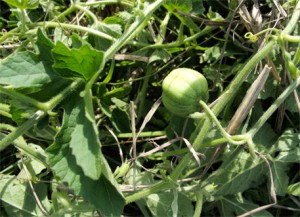
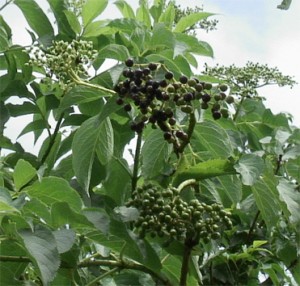
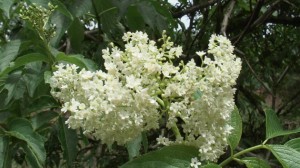
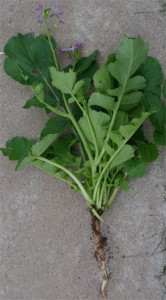
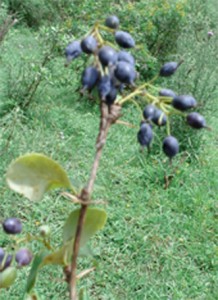
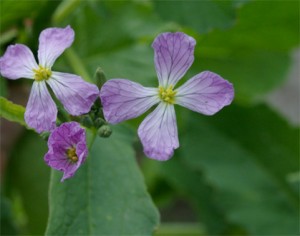
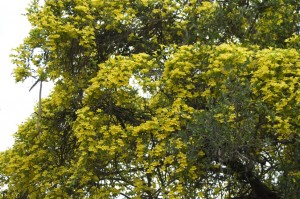
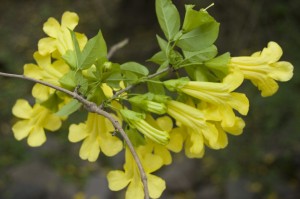
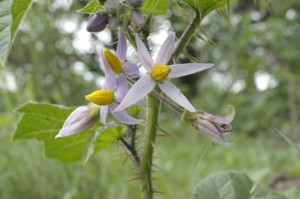
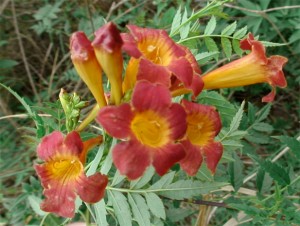
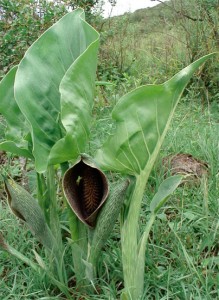
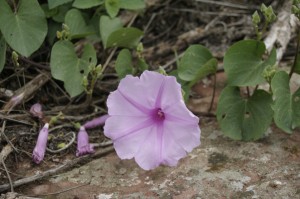
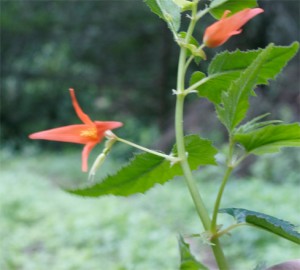
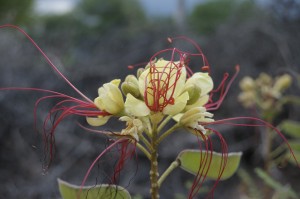
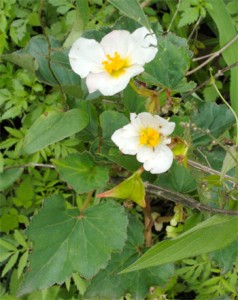
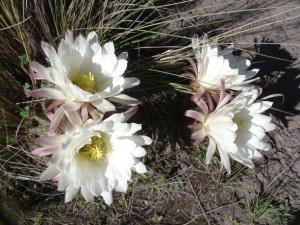
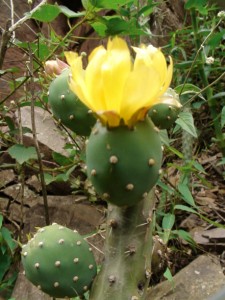
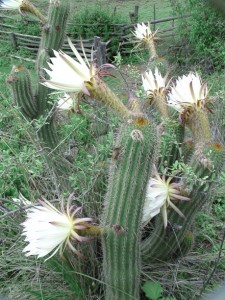
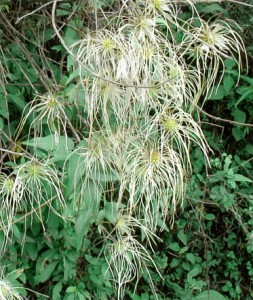
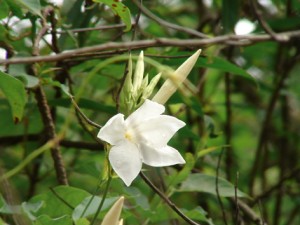
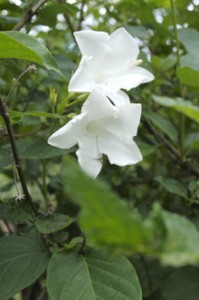
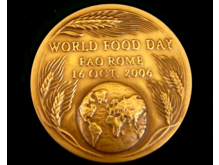 in Peru, the origin of the potato and its’
in Peru, the origin of the potato and its’ 